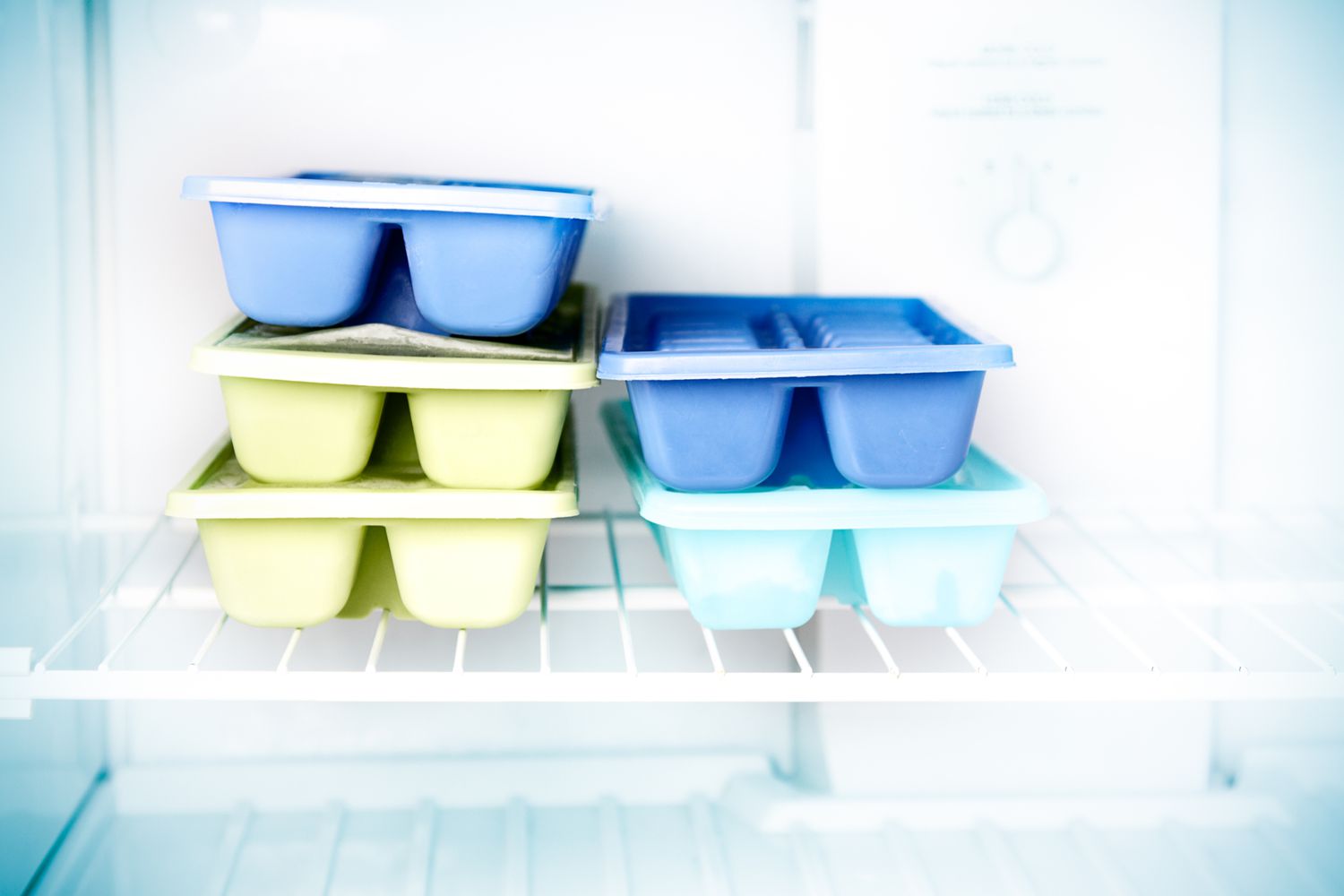

Articles
How To Store Ice In Freezer
Modified: May 6, 2024
Looking for articles on how to store ice in your freezer? Read our helpful guide for tips and tricks to keep your ice fresh and ready to use.
(Many of the links in this article redirect to a specific reviewed product. Your purchase of these products through affiliate links helps to generate commission for Storables.com, at no extra cost. Learn more)
Introduction
Proper ice storage is crucial for maintaining the quality and freshness of ice cubes. Whether you use ice for cooling beverages, preserving food, or making frosty treats, storing it correctly in the freezer is essential. Not only does it prevent ice cubes from clumping together, but it also ensures that they remain free from any unpleasant odors or flavors. In this article, we will explore the importance of proper ice storage and provide you with useful tips on how to store ice in the freezer to keep it fresh for longer periods.
When it comes to ice storage, it’s important to understand that ice cubes are porous and can easily absorb odors from other foods in the freezer. This is why it is crucial to store ice in a way that prevents it from coming into direct contact with other items. By following a few simple steps, you can ensure that your ice cubes retain their quality and are ready to serve whenever you need them.
In the next sections, we will discuss the different aspects of proper ice storage, including choosing the right container, preparing the freezer, packaging the ice, organizing and arranging it in the freezer, and maintaining the proper temperature. By implementing these tips, you can maximize the freshness and lifespan of your ice cubes.
So, let’s dive in and discover how to store ice in the freezer for optimum results!
Key Takeaways:
- Proper ice storage is crucial for maintaining freshness, preventing clumping, and minimizing contamination. Choosing the right container, preparing the freezer, and organizing the ice are key steps for optimal storage.
- Additional tips such as using filtered water, avoiding pungent foods, and considering a separate ice maker can further enhance the quality and freshness of ice cubes. Prioritize food safety and enjoy perfectly stored ice for any occasion.
Read more: How To Store Ice Cubes In Freezer
Importance of Proper Ice Storage
Proper ice storage is essential for several reasons. Firstly, storing ice correctly prevents it from absorbing odors and flavors from surrounding foods in the freezer. Ice cubes are porous, which means they can easily soak up any strong smells present in the freezer. By using proper storage techniques, you can keep your ice cubes fresh and free from any undesirable tastes or smells.
Secondly, proper ice storage helps to maintain the quality and texture of the ice cubes. When ice cubes are stored improperly, they can stick together and form clumps, making it difficult to separate them when needed. By storing ice in a way that prevents clumping, you can ensure that you have individual, free-flowing ice cubes at all times.
Thirdly, proper ice storage is important for food safety. If ice cubes come into direct contact with raw foods or perishable items in the freezer, there is a risk of cross-contamination. By keeping the ice separate from other food items, you can minimize the chances of bacteria or pathogens transferring onto the ice, thereby reducing the risk of foodborne illnesses.
Another reason why proper ice storage is crucial is for the preservation of the ice cubes’ integrity. When ice cubes are exposed to fluctuating temperatures or air circulation, they can begin to evaporate or suffer from freezer burn. By properly packaging and arranging the ice in the freezer, you can minimize the effect of temperature changes and keep your ice cubes in pristine condition.
Furthermore, proper ice storage ensures that you always have a ready supply of ice when you need it. By organizing the freezer and maintaining the proper temperature, you can easily locate and access the ice cubes, whether it’s for a refreshing beverage or to chill perishable items.
Overall, proper ice storage is vital for maintaining the quality, cleanliness, and longevity of your ice cubes. By implementing the correct storage techniques, you can ensure that your ice cubes remain fresh, odor-free, and ready for use at any time. Now that we understand the importance of proper ice storage, let’s explore the next step: choosing the right container for ice storage.
Choosing the Right Container for Ice Storage
When it comes to storing ice in the freezer, selecting the right container is crucial to maintain its quality and prevent any contamination. Here are some factors to consider when choosing the perfect container for ice storage:
- Airtightness: Opt for a container that is airtight or has a secure lid. This helps to prevent the absorption of odors and flavors from other items in the freezer.
- Material: Look for containers made from food-grade materials such as BPA-free plastic or stainless steel. Avoid containers that might leach chemicals or impart an unpleasant taste to the ice cubes.
- Size and Shape: Consider the size and shape of the container based on your needs. If you frequently use ice for large gatherings or parties, a larger container might be more suitable. Similarly, if you have limited freezer space, opt for a container that fits well in your freezer and maximizes storage capacity.
- Easy Release: Choose a container that allows for easy release of the ice cubes. Look for containers with flexible silicone molds or those with a mechanism that allows you to twist and release the ice cubes effortlessly.
- Stackable and Space-Saving: If you have limited freezer space, consider containers that are stackable or designed to maximize space efficiency. This allows you to store more ice cubes without taking up excessive space in your freezer.
There are various options available in the market for ice cube trays, ice cube bags, and ice cube storage containers. You can choose from traditional ice cube trays with individual compartments, silicone ice cube trays in various shapes, or even specialized ice cube bags that allow you to freeze large quantities of ice at once.
Ultimately, the container you choose for ice storage should meet your specific needs and preferences. Consider factors like convenience, durability, and ease of use when making your selection. Remember, the goal is to keep the ice cubes fresh, separate from other items, and easy to access when needed.
Now that you know how to choose the right container for ice storage, let’s move on to the next step: preparing the freezer for ice storage.
Preparing the Freezer for Ice Storage
Before you start storing ice in your freezer, it is important to prepare the freezer to create an optimal environment for ice storage. Follow these steps to ensure that your freezer is ready:
- Clean the freezer: Start by cleaning the freezer thoroughly. Remove any expired or spoiled food items and wipe down the interior with a mild cleaning solution. This helps to eliminate any lingering odors or residue that might affect the quality of the ice cubes.
- Organize the freezer: Take some time to organize the contents of your freezer. Group similar items together and create designated areas for different types of food. This not only makes it easier to find and access the ice cubes but also helps to minimize the chances of cross-contamination.
- Adjust the temperature: Check the temperature setting of your freezer and ensure it is set to the appropriate level for ice storage. The ideal freezer temperature for ice storage is around 0°F (-18°C). Adjust the thermostat if needed to maintain this temperature range.
- Check the freezer door seals: Inspect the door seals of your freezer to ensure they are intact and free from any damage. Damaged seals can result in air leaks, causing temperature fluctuations inside the freezer and affecting the quality of the ice cubes.
- Avoid overcrowding: Avoid overloading the freezer with too many items. Overcrowding can hinder proper air circulation, leading to uneven cooling and potentially affecting the quality of the ice cubes. Leave enough space for the air to circulate freely around the ice trays or containers.
- Consider using a freezer thermometer: For precise temperature monitoring, you can use a freezer thermometer. Place it in a central location inside the freezer to ensure accurate readings. This will help you maintain the proper temperature for ice storage.
By following these steps, you can create an ideal environment in your freezer for storing ice. A clean and organized freezer with the correct temperature setting will help preserve the quality, taste, and freshness of your ice cubes for a longer period.
Now that you have prepared the freezer, it’s time to move on to the next step: properly packaging the ice cubes for storage.
Properly Packaging the Ice
When it comes to storing ice in the freezer, proper packaging is essential to maintain the quality and prevent the ice cubes from absorbing any unwanted flavors or odors. Here are some tips for properly packaging the ice:
- Use airtight bags or containers: Transfer the ice cubes from the trays or molds into airtight bags or containers. This helps to create a barrier and prevent any interaction between the ice and other items in the freezer. Make sure the bags or containers have a secure seal to maintain airtightness.
- Label the packages: Consider labeling the packages with the date of freezing. This allows you to keep track of the freshness of the ice cubes and ensures that older ice cubes are used first, maintaining a rotation system.
- Avoid using open containers: It’s best to avoid using open containers for ice storage as they expose the ice cubes to air, which can lead to freezer burn or loss of quality. If you prefer using open containers, cover them tightly with plastic wrap or aluminum foil to create a protective layer.
- Divide into smaller portions: If you have a large quantity of ice cubes, consider dividing them into smaller portions before storing. This makes it easier to retrieve a specific amount of ice without having to defrost a whole bag or container.
- Remove excess air: For bags or containers without an airtight seal, remove as much air as possible before sealing. This minimizes the exposure of the ice cubes to air, reducing the risk of freezer burn.
By properly packaging the ice cubes, you can ensure their freshness and prevent any contamination or degradation in quality. Remember to handle the ice cubes with clean hands or utensils during the packaging process to maintain cleanliness and hygiene.
Now that you have properly packaged the ice cubes, it’s time to learn about organizing and arranging them in the freezer for maximum efficiency.
To store ice in the freezer, use a resealable plastic bag or an airtight container to prevent it from absorbing odors. Keep it away from strong-smelling foods to maintain its freshness.
Read more: How To Store Ice Roller In Freezer
Organizing and Arranging the Ice in the Freezer
Proper organization and arrangement of the ice cubes in the freezer not only maximize the storage space but also make it easier to access and use the ice when needed. Here are some tips for organizing and arranging the ice in the freezer:
- Create dedicated ice storage space: Designate a specific area in the freezer for storing the ice cubes. This ensures that they are separated from other food items and minimizes the risk of cross-contamination.
- Arrange ice in a single layer: Avoid stacking the ice cubes on top of each other. Instead, arrange them in a single layer to promote even freezing and prevent clumping.
- Leave space between the ice cubes: Allow some space between the ice cubes to promote airflow and prevent them from sticking together. This is especially important if you are using open containers or trays without covers.
- Stack trays or containers: If you are using stackable trays or containers, take advantage of vertical space. Stack them neatly, ensuring that they are stable and secure to prevent any accidental spills or collapsing.
- Create sections: If you have different types of ice cubes, such as regular cubes, crushed ice, or ice balls, consider creating different sections in the freezer to store each type separately. This makes it easier to choose the desired type of ice without having to search through the entire freezer.
- Rotate older ice cubes: To maintain a rotation system, use older ice cubes first. Bring them to the front of the storage area and place newer ice cubes behind them. This way, you ensure that the oldest ice cubes are used before they become less fresh.
- Regularly reorganize the freezer: Periodically reorganize the freezer to maintain order and ensure that the ice cubes are properly stored. This is particularly important if you tend to add or remove items from the freezer frequently.
By organizing and arranging the ice cubes in the freezer, you can easily locate and access them whenever needed. This saves you time and effort, ensuring that you always have a fresh supply of ice at hand.
Now that you have organized and arranged the ice cubes, let’s move on to the next step: maintaining the freezer’s temperature for optimum ice storage.
Maintaining the Freezer Temperature for Ice Storage
Maintaining the proper temperature in your freezer is crucial for ensuring the quality and longevity of your ice cubes. Here are some tips for maintaining the freezer temperature for optimal ice storage:
- Set the freezer temperature: Check the temperature setting of your freezer and ensure it is set to 0°F (-18°C) or below. This temperature range ensures that the ice cubes remain frozen solid and prevents any melting or premature melting.
- Avoid frequent temperature fluctuations: Opening the freezer door frequently can cause temperature fluctuations, which can affect the quality of the ice cubes. Minimize the number of times you open the freezer and ensure that the door is closed tightly after each use.
- Avoid overloading the freezer: Overloading the freezer with a large number of items can hinder proper air circulation and lead to uneven cooling. This can result in temperature fluctuations. Keep the freezer well-organized and avoid overcrowding it to maintain consistent temperatures.
- Check the door seals: Regularly inspect the door seals of your freezer to ensure they are in good condition. Damaged or cracked seals can cause air leaks, resulting in temperature fluctuations. Replace any faulty seals to maintain a proper seal and temperature consistency.
- Monitor the freezer temperature: Use a freezer thermometer to regularly monitor the temperature inside your freezer. Place the thermometer in a central location for accurate readings. If you notice any significant deviations from the desired temperature range, adjust the thermostat accordingly.
- Defrost the freezer as needed: If ice or frost buildup becomes excessive, it can hinder proper cooling and lead to temperature fluctuations. Follow the manufacturer’s instructions to defrost the freezer periodically to remove any accumulated ice or frost.
- Consider a backup power source: In case of a power outage, a backup power source such as an uninterruptible power supply (UPS) or a generator can help maintain the freezer’s temperature. This prevents the ice from melting and ensures that it remains frozen until the power is restored.
By maintaining a consistent and appropriate temperature in your freezer, you can ensure that your ice cubes stay frozen and maintain their quality for longer periods. Proper temperature control is essential for preserving the freshness and taste of your ice cubes.
Now that you know how to maintain the freezer’s temperature, let’s move on to the next section: tips for keeping ice fresh in the freezer.
Tips for Keeping Ice Fresh in the Freezer
While following the proper storage and temperature guidelines is crucial for keeping ice fresh in the freezer, there are a few additional tips you can incorporate to maintain the quality and freshness of your ice cubes. Consider the following tips:
- Use filtered water: If the quality of your tap water is not optimal, consider using filtered water to make your ice cubes. This helps to eliminate any impurities or off-flavors that might affect the taste of the ice.
- Rotate the ice periodically: To prevent ice cubes from becoming stale or developing freezer burn, periodically rotate or use the ice cubes. This ensures that older ice cubes are used first, maintaining a consistent rotation and preventing the accumulation of unused ice cubes.
- Keep the freezer well-stocked: A well-stocked freezer helps to maintain a stable temperature. If you have empty spaces, consider filling them with bags of ice or other frozen items to promote temperature consistency.
- Avoid storing pungent food items nearby: Strong-smelling foods can easily transfer odors to the ice cubes. Keep pungent or strongly scented items away from the ice storage area to prevent any unwanted flavors or smells from seeping into the ice.
- Regularly clean and defrost the freezer: Regularly clean the freezer to remove any spills or debris that might affect the cleanliness of the ice cubes. Additionally, periodic defrosting helps to eliminate any ice or frost buildup, ensuring efficient cooling and maximum freshness.
- Use ice cubes within a reasonable timeframe: While properly stored ice cubes can stay fresh for several weeks, it’s recommended to use them within a reasonable timeframe. This ensures that you always have the freshest ice cubes available and minimizes the risk of any quality degradation.
- Consider investing in a separate ice maker or dedicated ice freezer: If you frequently use large amounts of ice or want to ensure maximum freshness, you might consider investing in a separate ice maker or a dedicated freezer specifically designed for ice storage. These options provide better control over the freezing and storage conditions, resulting in high-quality ice cubes.
By following these tips, you can ensure that your ice cubes remain fresh, clean, and free from any unwanted flavors or odors. With proper storage, maintenance, and usage, your ice cubes will always be ready to enhance your beverages or cool down your favorite treats.
Now that you have the knowledge and tips for keeping ice fresh in the freezer, let’s conclude our exploration of proper ice storage.
Conclusion
Proper ice storage is essential for maintaining the quality, freshness, and usability of your ice cubes. By following the steps outlined in this article, you can ensure that your ice cubes remain free from odors, clumping, and contamination, resulting in a better ice experience for all your needs.
Choosing the right container for ice storage, preparing the freezer, properly packaging the ice cubes, organizing and arranging them, maintaining the freezer temperature, and implementing additional tips all contribute to optimal ice storage.
Remember to select airtight containers, clean and organize your freezer, set the proper temperature, label and package the ice cubes correctly, arrange them in a single layer, and regularly rotate and clean the freezer for maximum freshness.
Additionally, following tips such as using filtered water, avoiding storing pungent foods nearby, and considering a separate ice maker or dedicated ice freezer can further enhance the freshness and quality of your ice cubes.
With these practices in place, you can enjoy refreshing, clump-free, and flavorful ice cubes for your beverages, culinary needs, and entertaining purposes. Always prioritize food safety by keeping the ice separate from perishable items and using a rotation system to ensure the oldest ice cubes are used first.
By taking the time to store ice properly, you can elevate your overall experience and ensure that every drink or chilled dish is complemented by high-quality ice cubes. So, follow these guidelines, maintain a clean and organized freezer, and enjoy the benefits of perfectly stored ice cubes whenever you need them.
Now, go ahead and implement these practices to store your ice cubes effectively in the freezer. Cheers to always having fresh and delicious ice cubes ready for any occasion!
Now that you've mastered keeping ice fresh, why not tackle other storage and organization challenges around your home? If you're wrestling with cramped cooking spaces, our guide on maximizing kitchen areas offers clever solutions that streamline even the tiniest of kitchens. For those looking to plan ahead for the next year, our insights on selecting the best options for cold preservation will ensure your essentials stay chilled to perfection.
Frequently Asked Questions about How To Store Ice In Freezer
Was this page helpful?
At Storables.com, we guarantee accurate and reliable information. Our content, validated by Expert Board Contributors, is crafted following stringent Editorial Policies. We're committed to providing you with well-researched, expert-backed insights for all your informational needs.
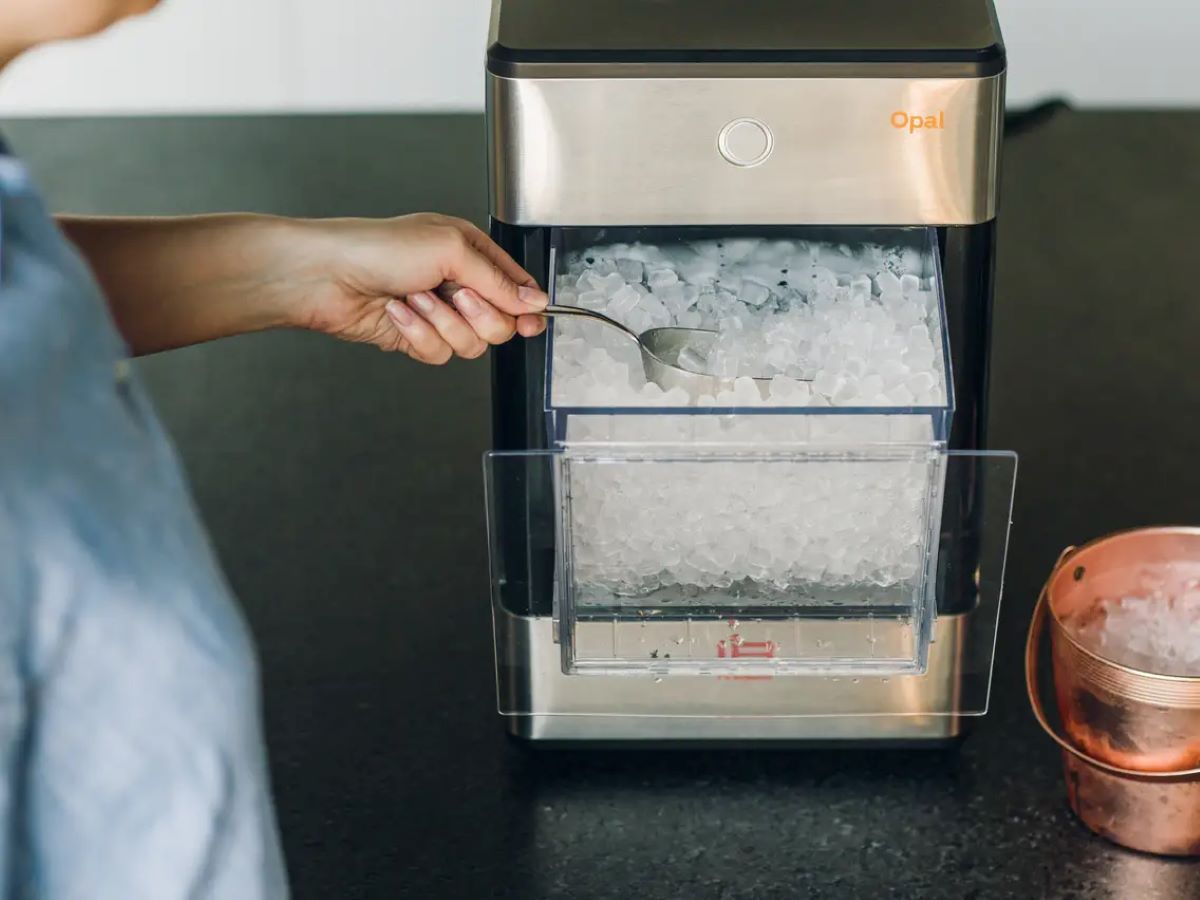
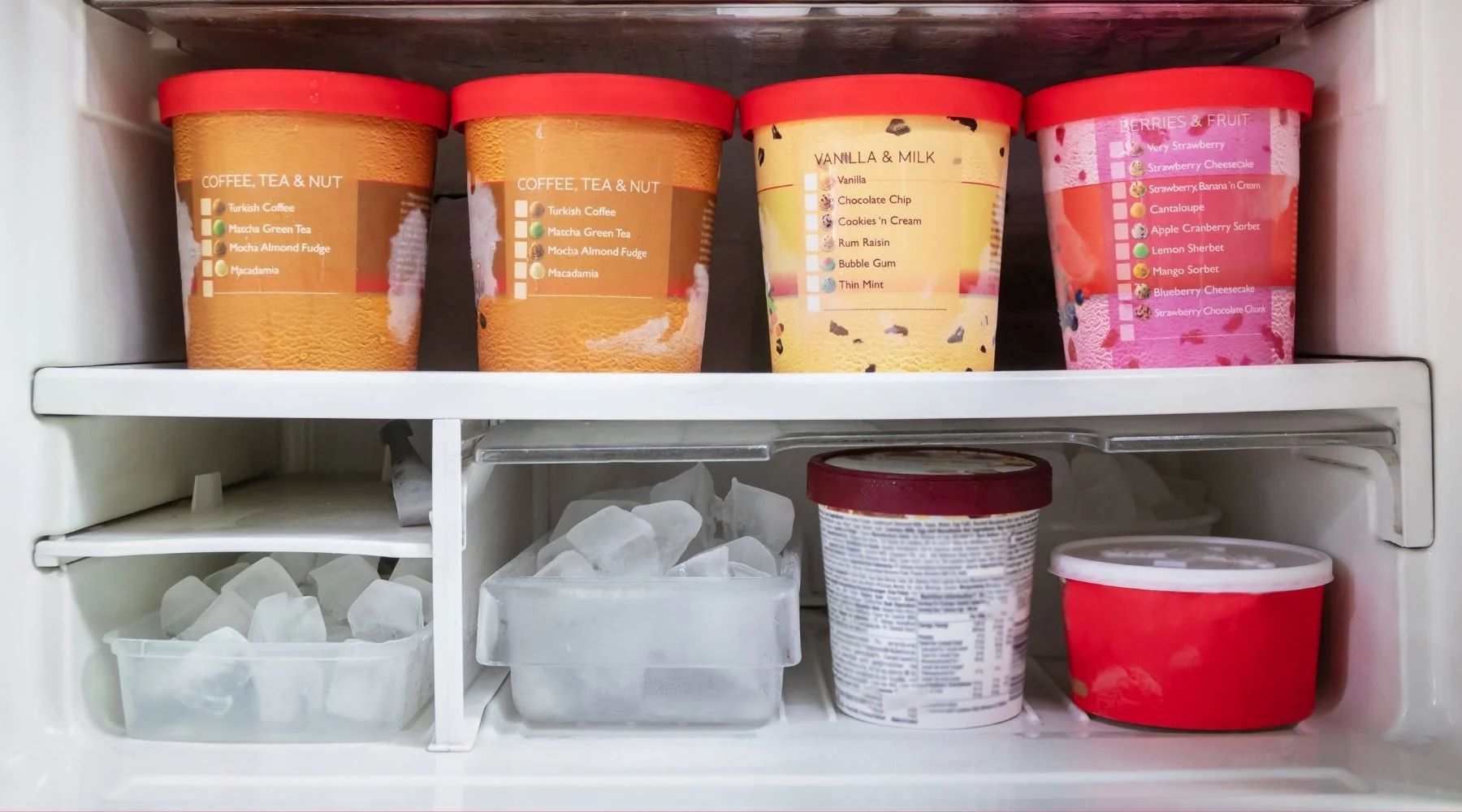
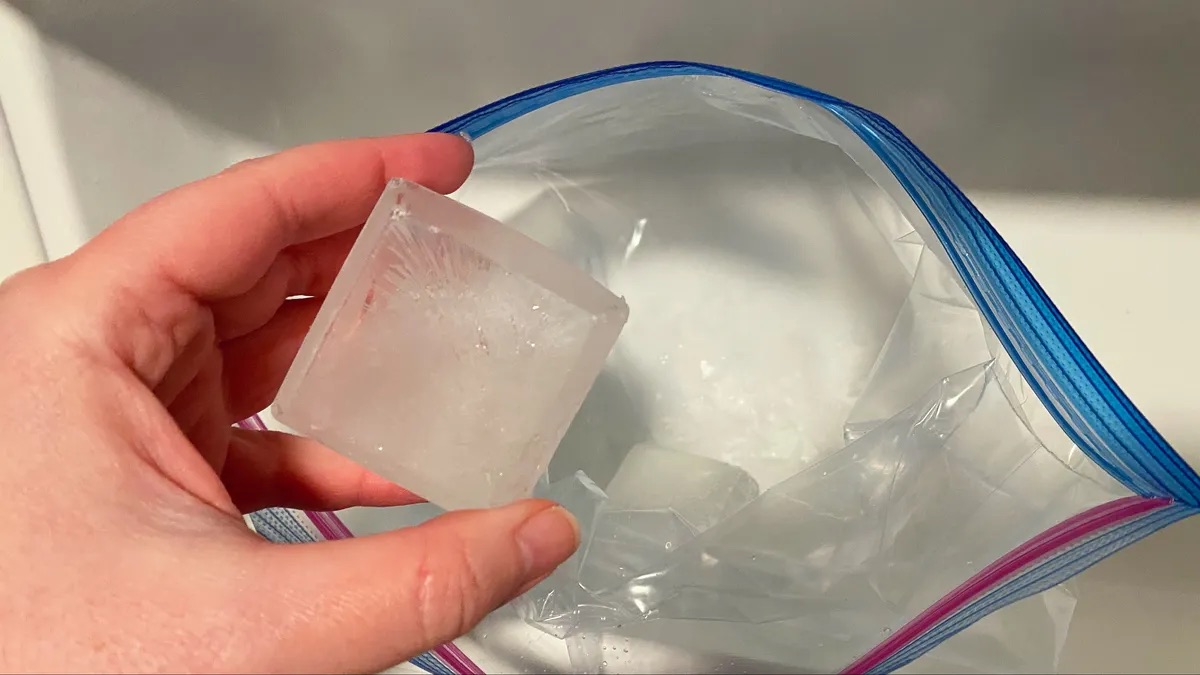
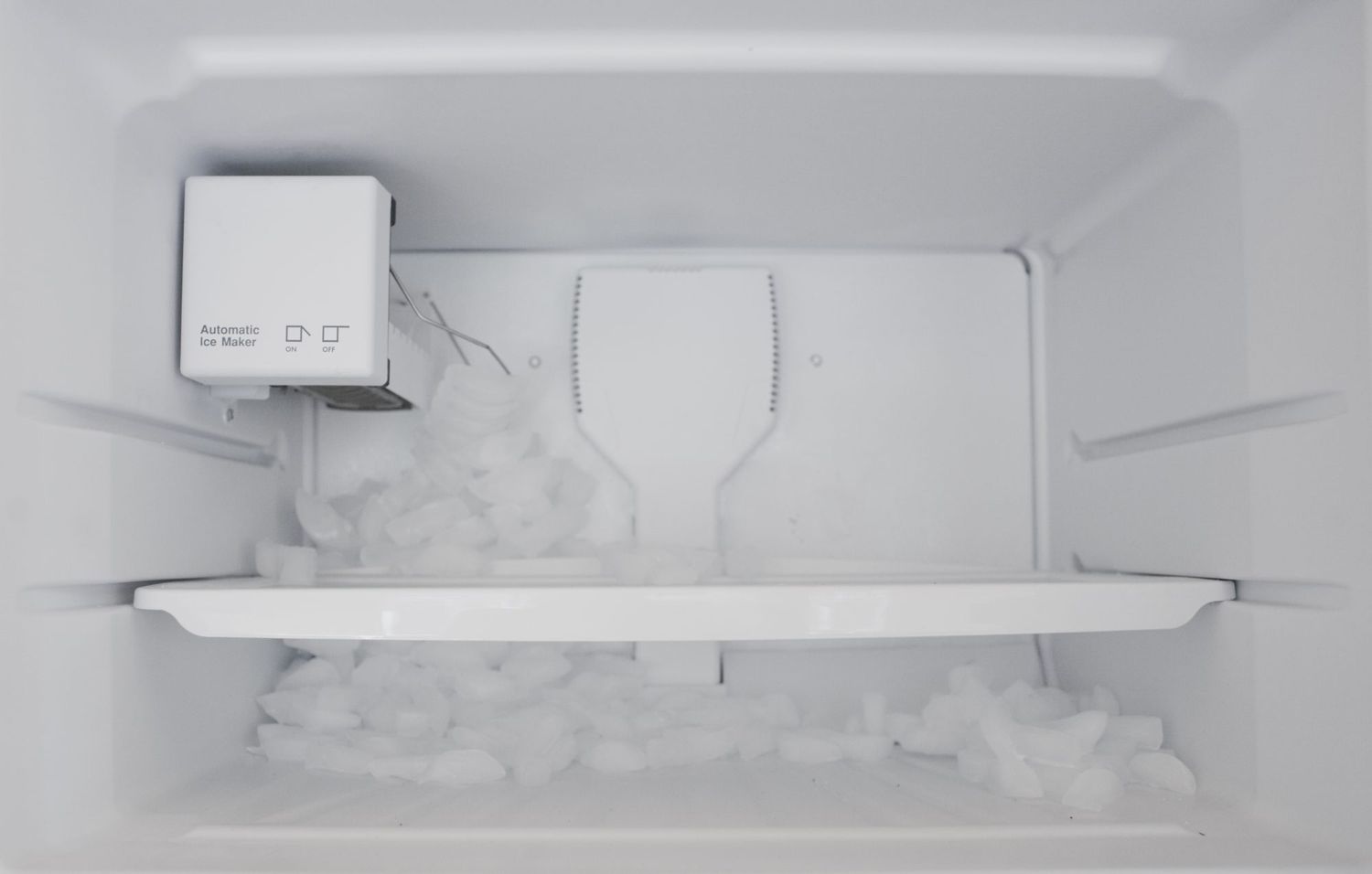
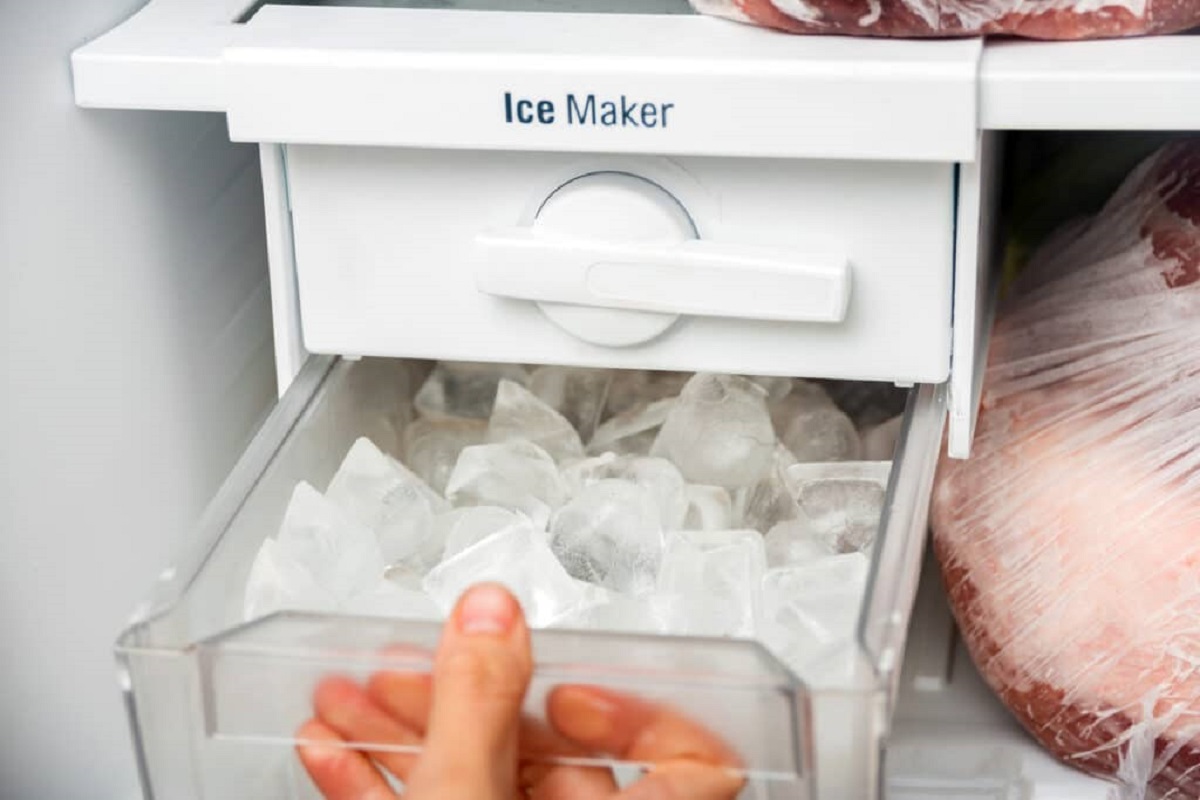
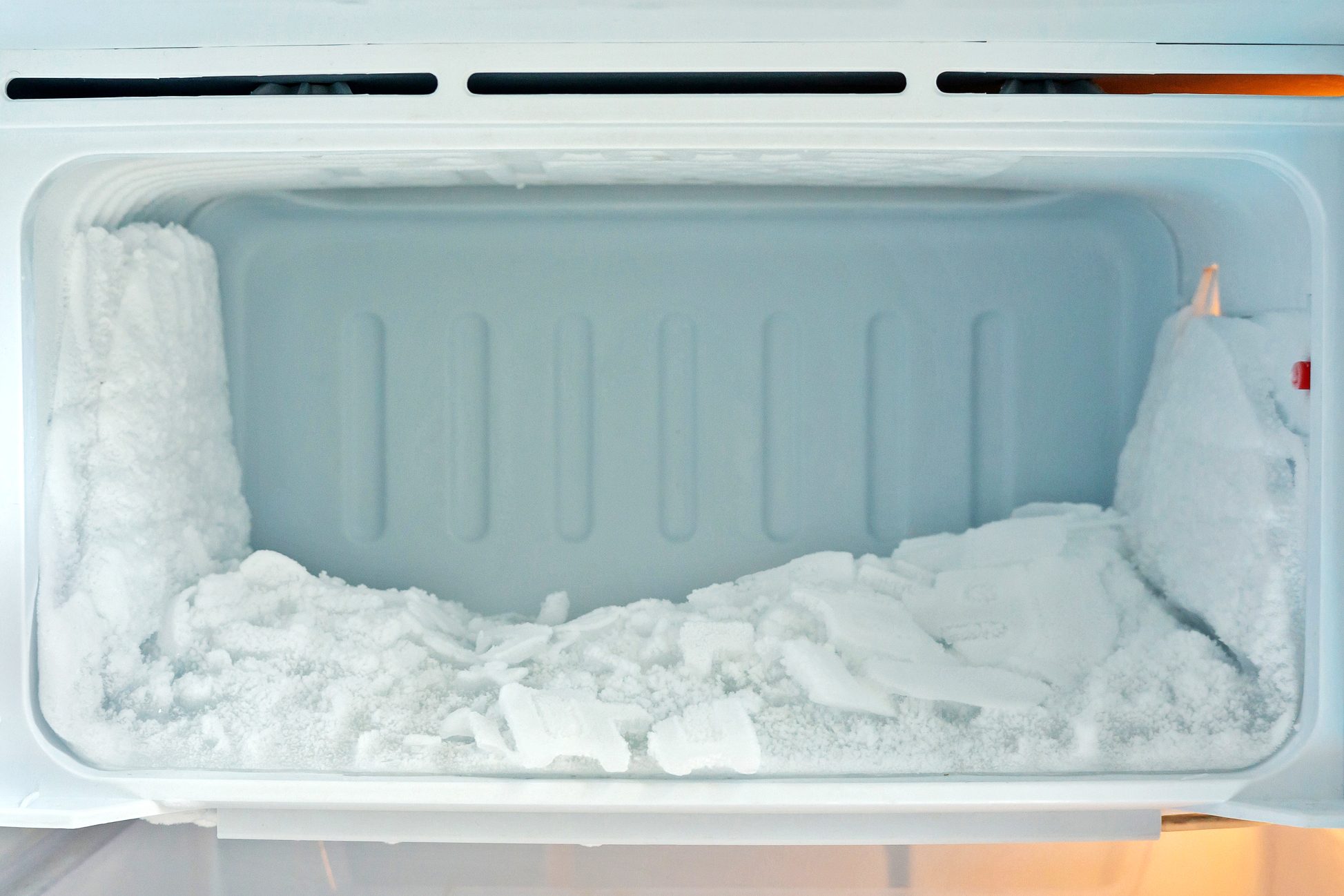
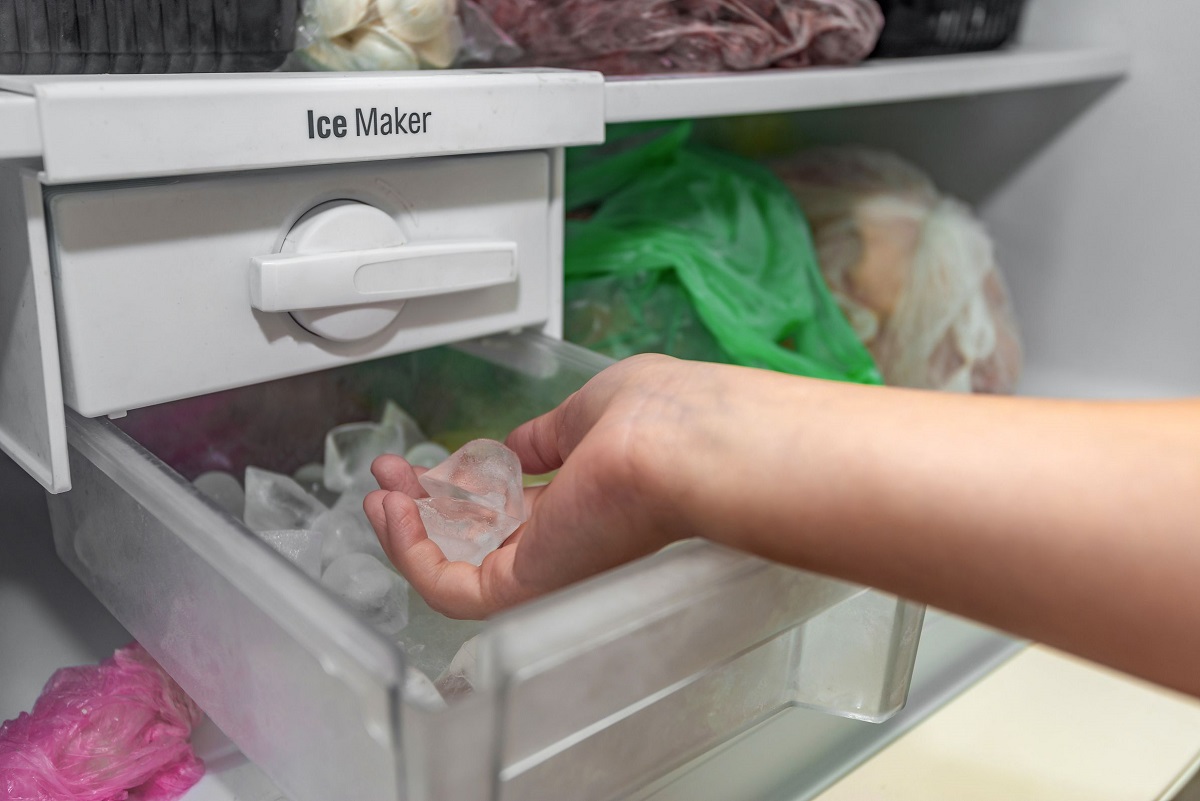
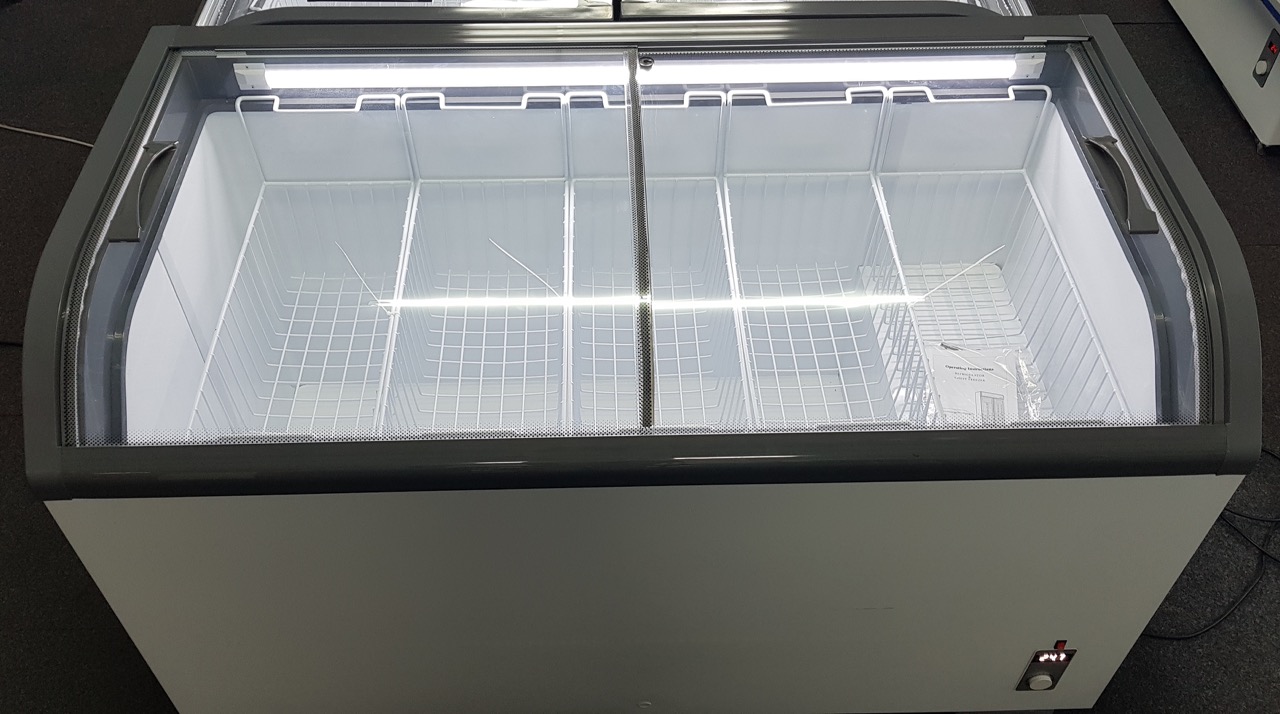
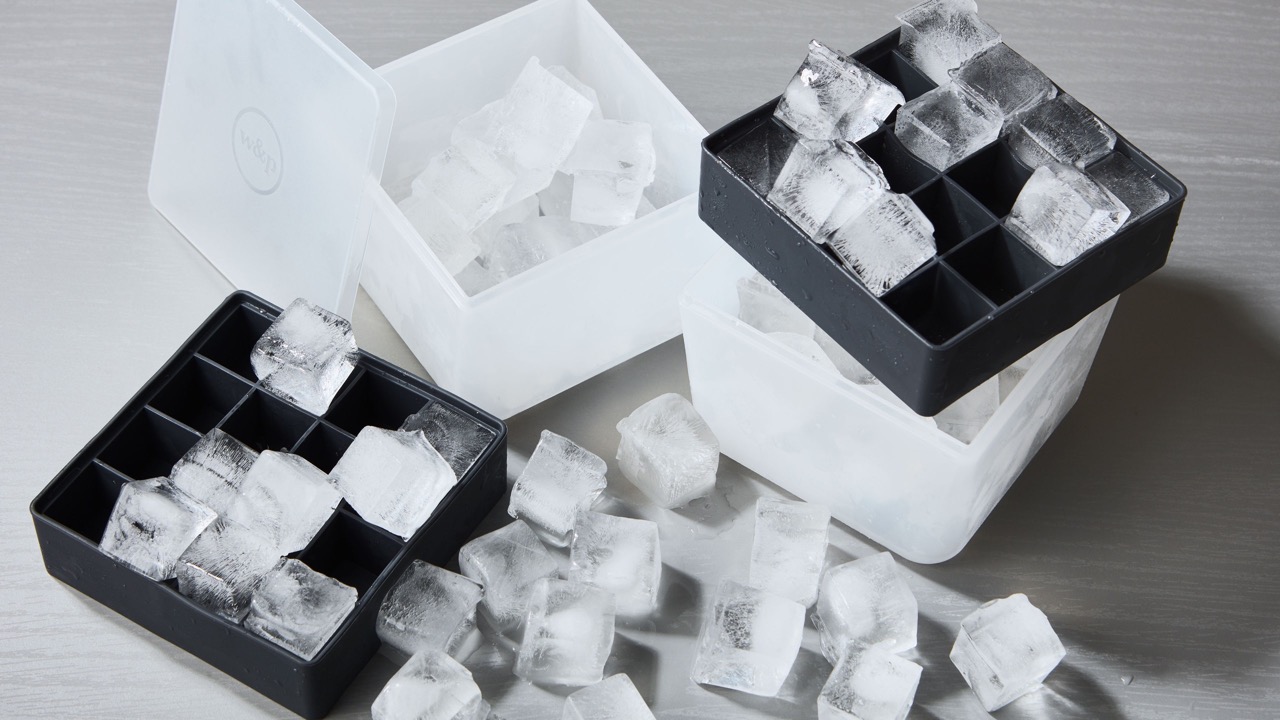
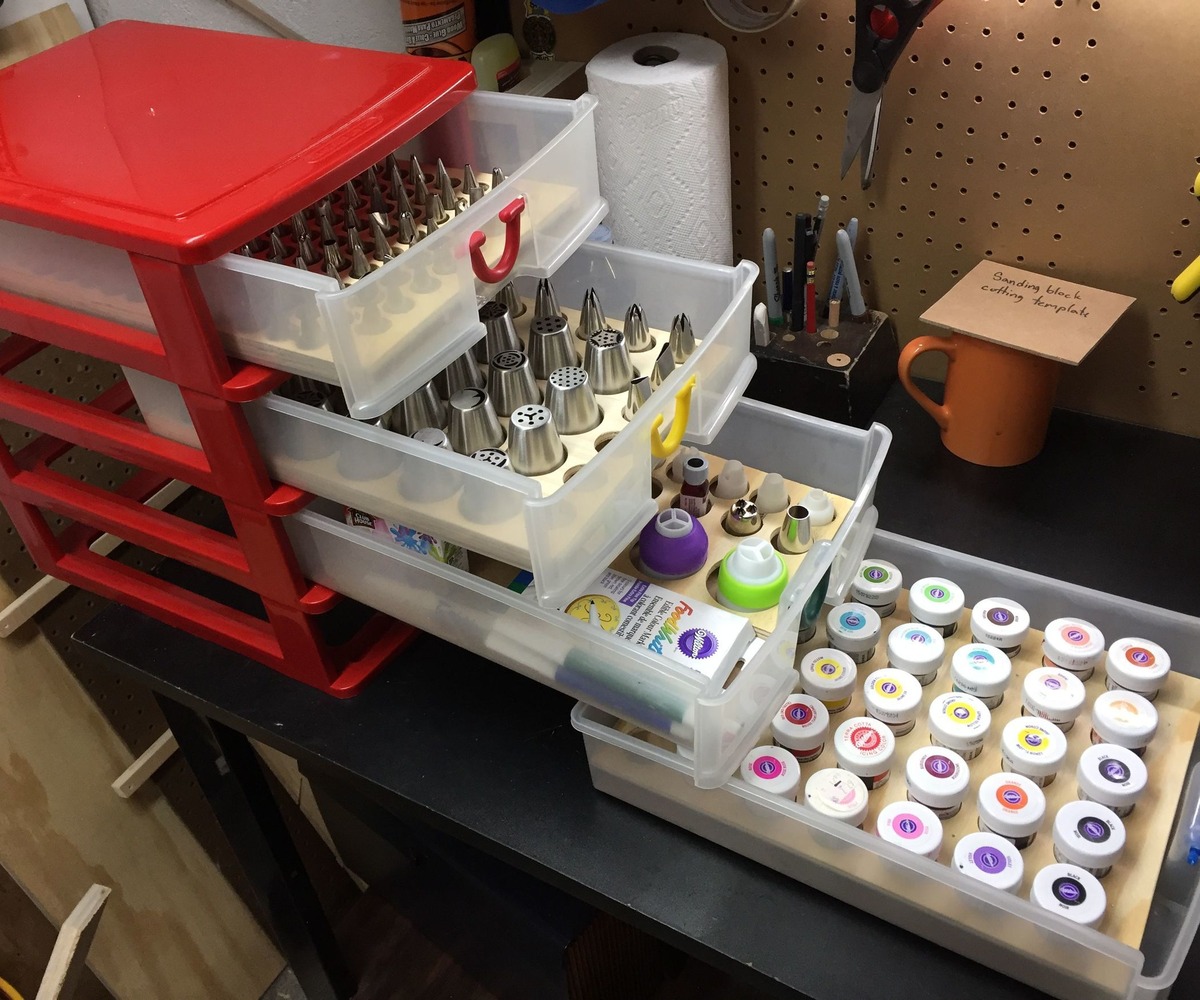
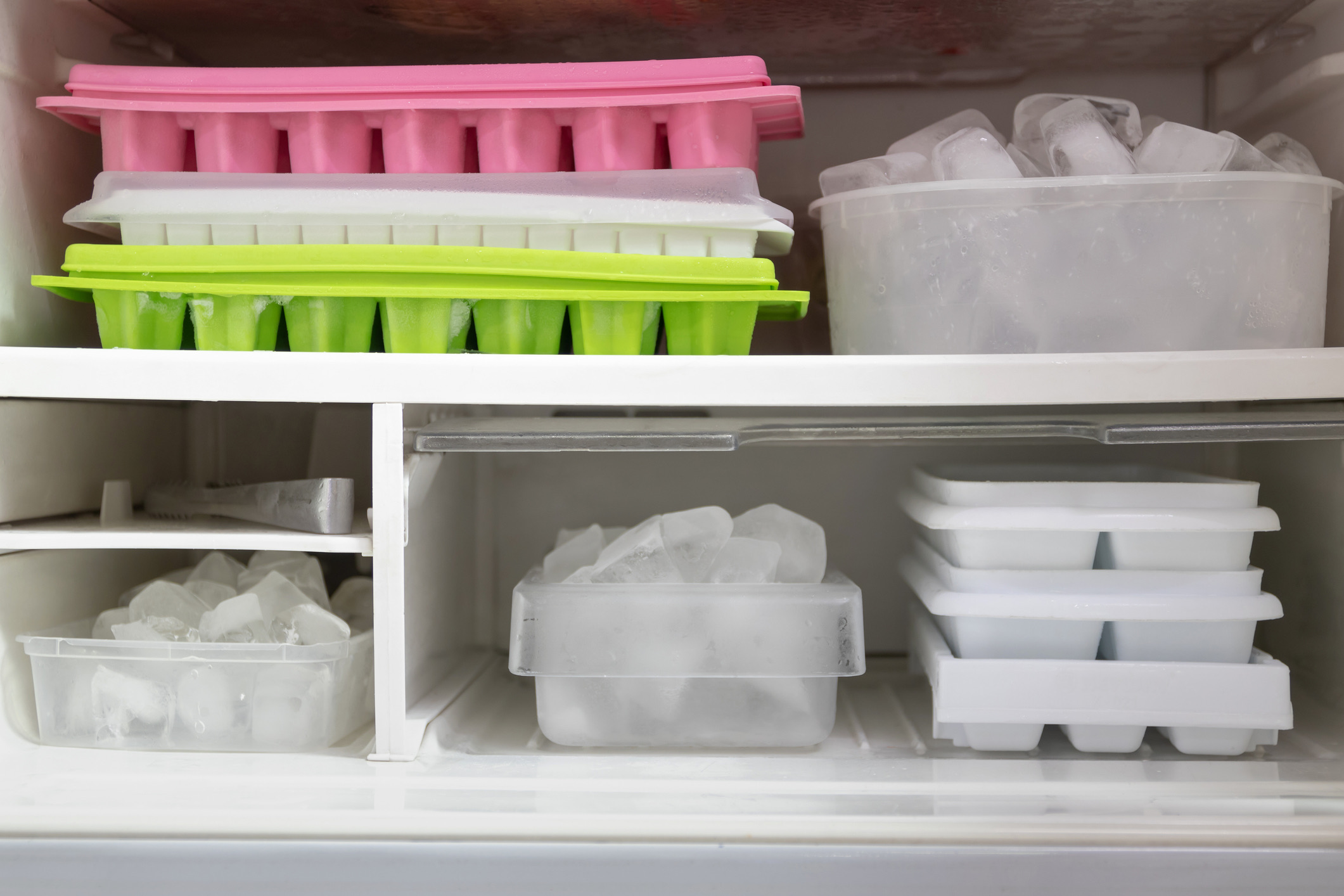
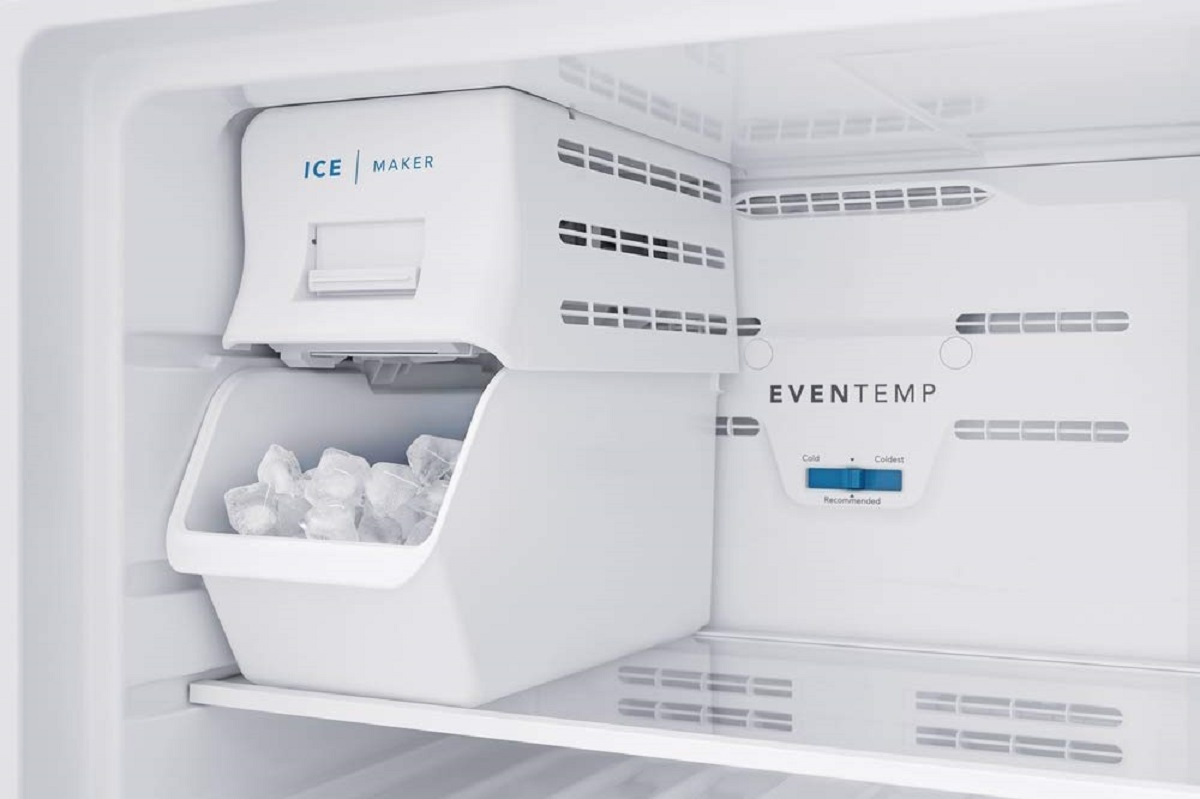
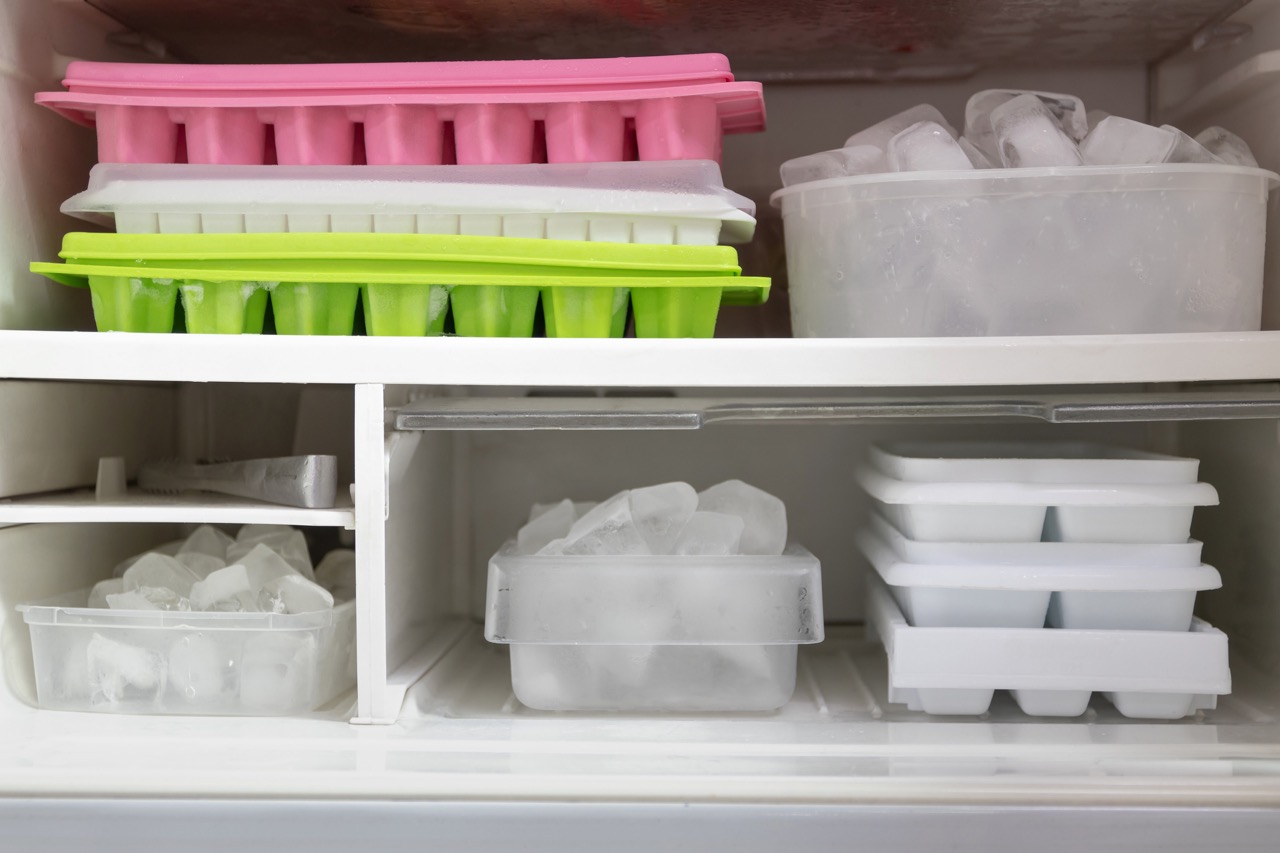
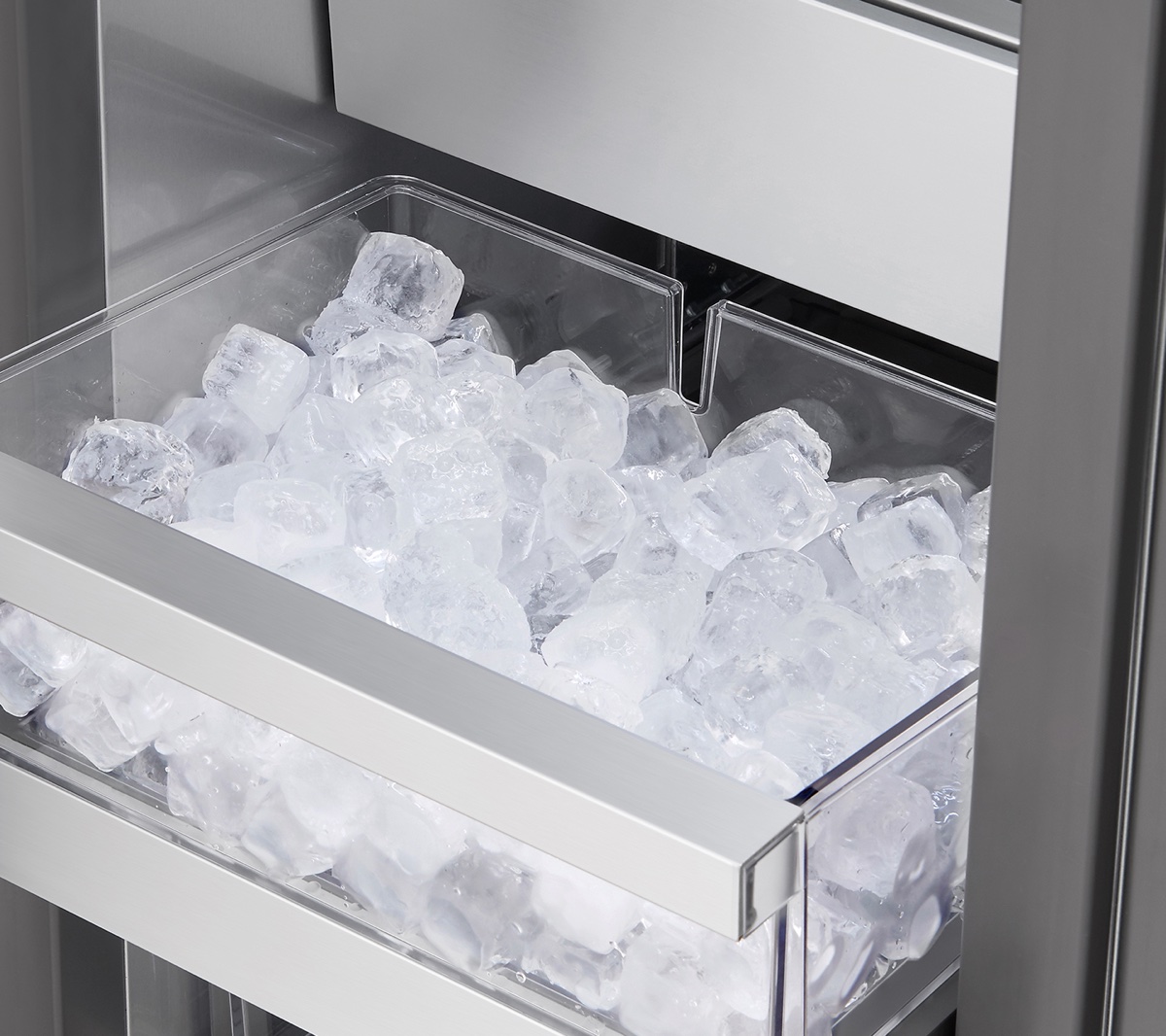

0 thoughts on “How To Store Ice In Freezer”